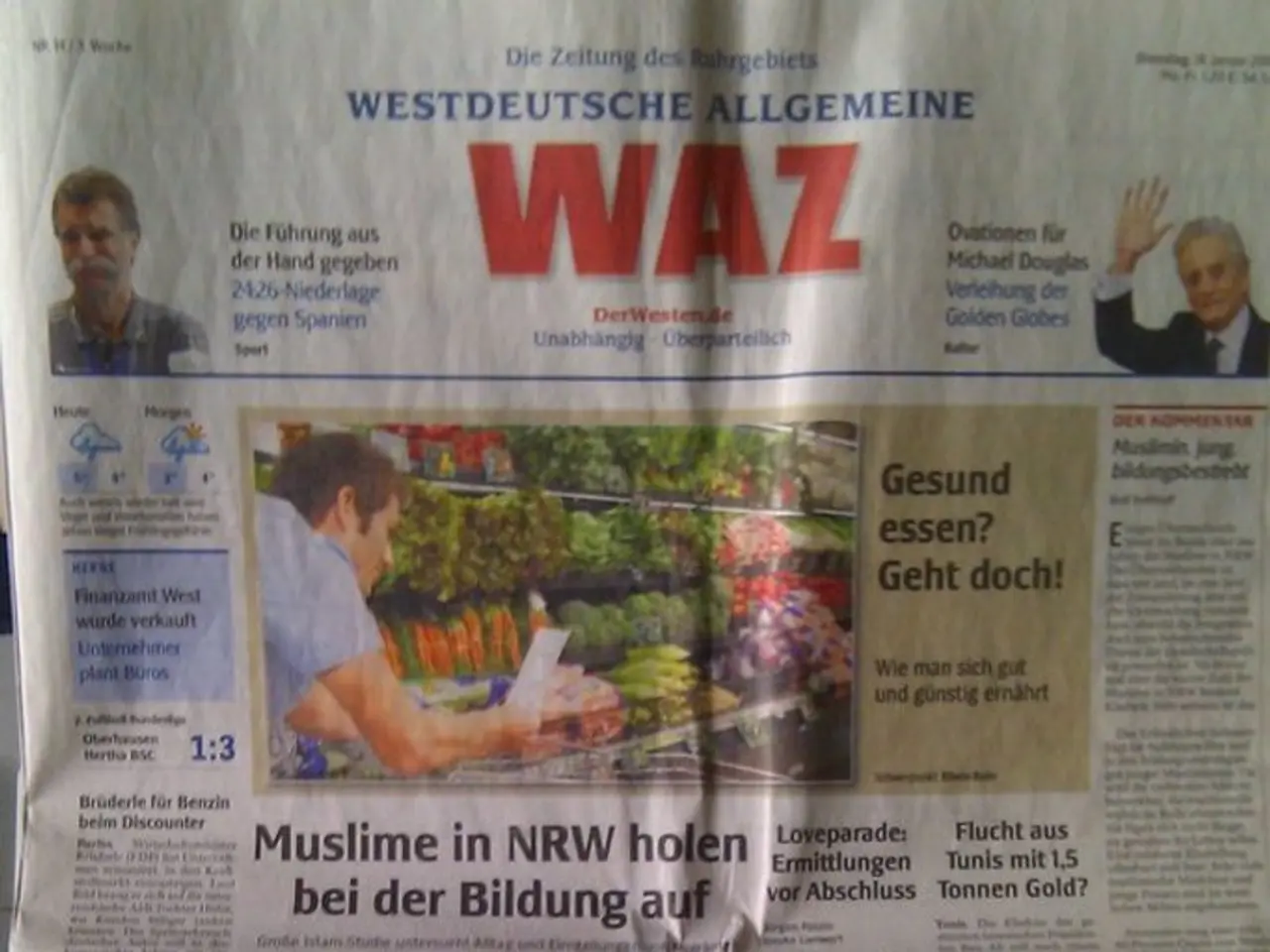Persistent Political Communication Patterns Shaping the Future Politically
In the evolving landscape of political discourse, digital platforms are taking centre stage as politicians and campaigns embrace the power of social media, audio-visual content, and analytics to craft personalized, interactive narratives that directly engage voters.
The modern political communication scene is characterised by digital platform dominance, real-time engagement, data-driven strategies, transparency, and value-based communication. This shift marks a departure from traditional media, with digital platforms such as social media, blogs, and video enabling politicians to connect directly and dynamically with audiences, allowing for more precise targeting and personalized messaging through data analytics.
One significant trend is the digital PR transformation. This shift towards digital platforms offers politicians the opportunity to interact with their constituents in real-time, fostering a more dynamic and responsive relationship.
Another key trend is real-time, interactive communication. Politicians are leveraging real-time feedback and interactive tools on platforms to refine strategies on the fly, increasing voter engagement and responsiveness.
The incorporation of multimedia and trends is also a notable development. Politicians are using audio soundbites, viral trends like dance challenges, and other engaging content formats to enhance message reach and emotional impact.
Transparency and authenticity are increasingly valued in political communication. There is a growing demand for transparency about political values, actions, and decision-making processes, which builds trust and loyalty among constituents.
Politicians are also aligning their communication strategies with political and social values, mirroring growing voter interest, especially among younger demographics who prioritize civic engagement and social responsibility.
Strategic media planning in an abundant, AI-driven landscape is another trend. Political communications benefit from advancements such as AI-powered media planning, improving message delivery by better understanding intent and combining multiple media types effectively.
The future of political communication is likely to be marked by greater use of AI, multimedia innovation, and integration of social commerce in campaigns. Predictive messaging, microtargeting, and the use of memes are other trends that are shaping the political communication landscape.
Political campaigns are also focusing on finding ways to use interactive technology to encourage public participation. This includes the use of computer-generated avatars and text-to-speech vocal rendering, allowing candidates to appear to stand in front of crowds. Podcasts are another tool being used to provide deeper context, storytelling, and thought leadership.
However, the digital age also presents challenges. Misinformation can mislead voters, polarize opinions, damage reputations, and disrupt democratic processes if not promptly addressed. Campaigns are managing negative narratives online by deploying rapid rebuttal teams, influencer collaborations, counter-narratives, and transparency to neutralize misinformation or criticism.
In conclusion, political communication in the digital age is becoming more decentralized, interactive, transparent, and values-driven, utilizing sophisticated digital tools and creative formats to engage an audience that expects authenticity and rapid responsiveness. This trend will likely continue as politicians and campaigns continue to harness the power of digital platforms to inform the public, engage them in the political process, and shape public opinion.
- Digital platforms, including social media, blogs, and video, have allowed politicians to implement data-driven strategies, leading to more precise targeting and personalized messaging through data analytics.
- The digital PR transformation offers politicians the opportunity to interact with their constituents in real-time, fostering a more dynamic and responsive relationship.
- Politicians are leveraging real-time feedback and interactive tools on platforms to refine strategies on the fly, increasing voter engagement and responsiveness.
- The modern political communication scene is characterized by the incorporation of multimedia and trends, such as audio soundbites, viral trends like dance challenges, and other engaging content formats.
- Transparency and authenticity are increasingly valued in political communication, with a growing demand for transparency about political values, actions, and decision-making processes.
- Political campaigns are focusing on encouraging public participation through the use of interactive technology, such as computer-generated avatars, podcasts, and text-to-speech vocal rendering.
- In the face of challenges like misinformation, campaigns manage negative narratives online by deploying rapid rebuttal teams, influencer collaborations, counter-narratives, and transparency to neutralize misinformation or criticism.




